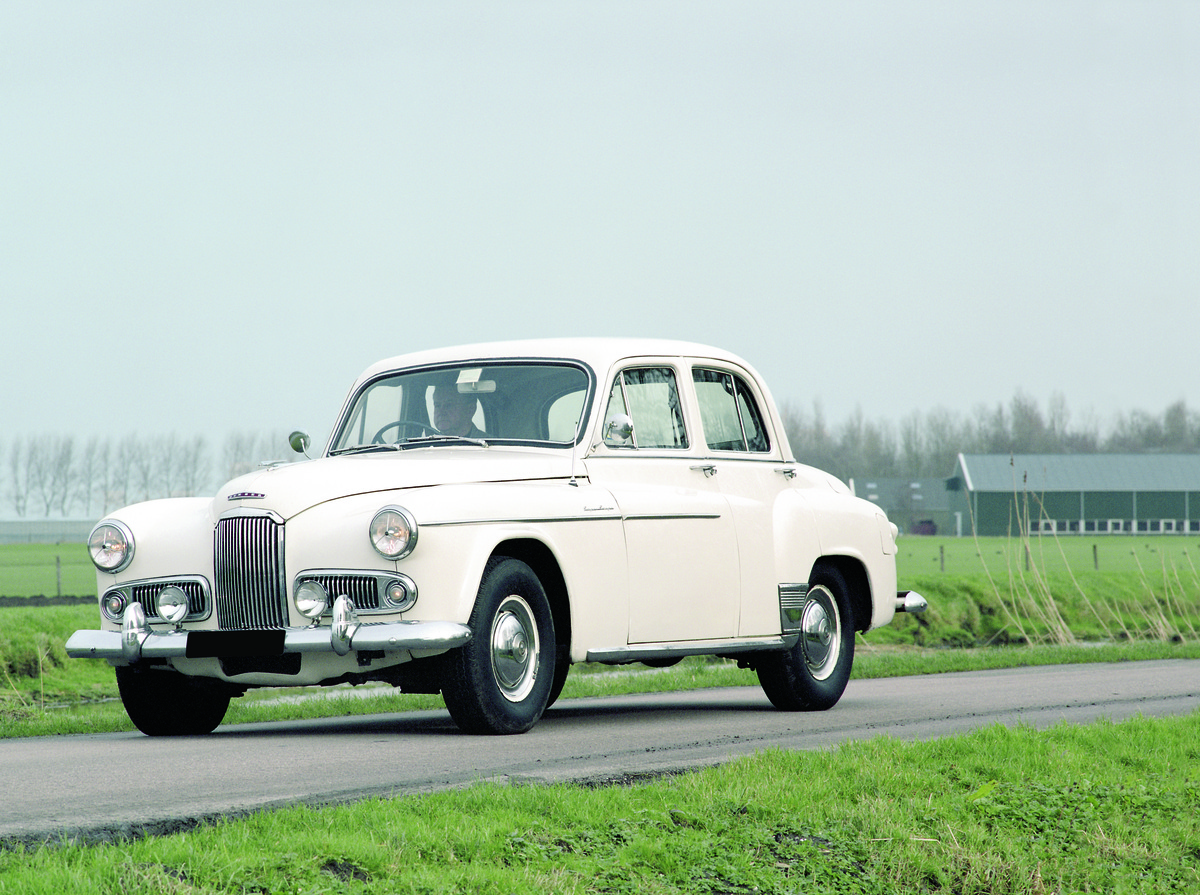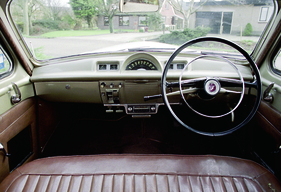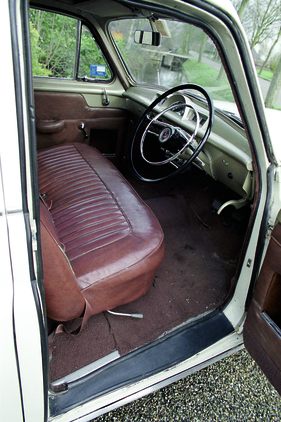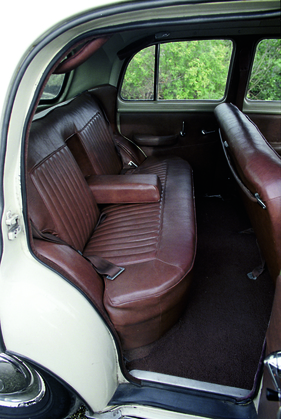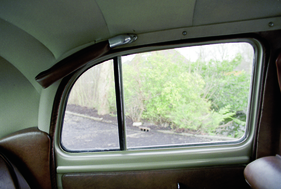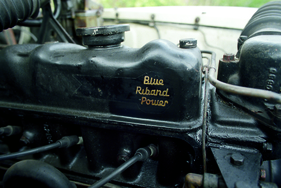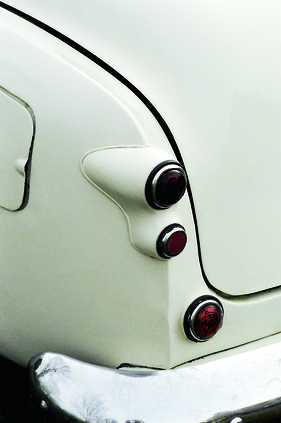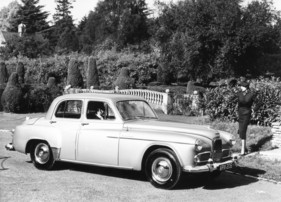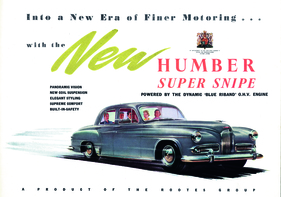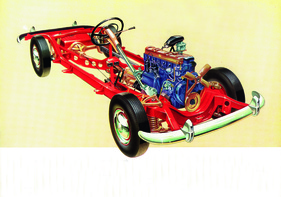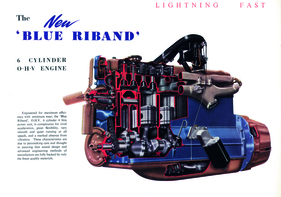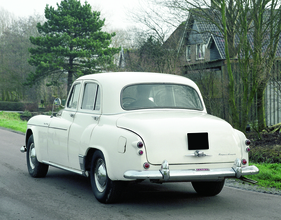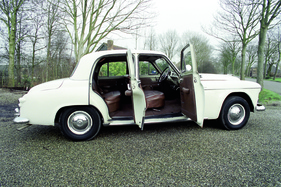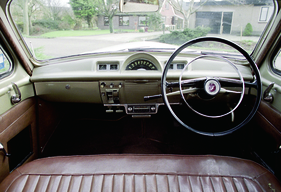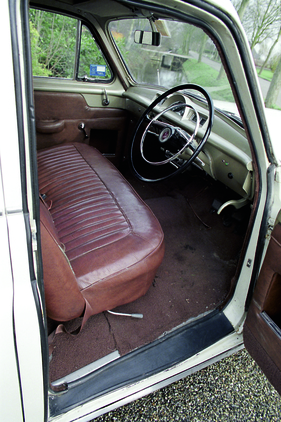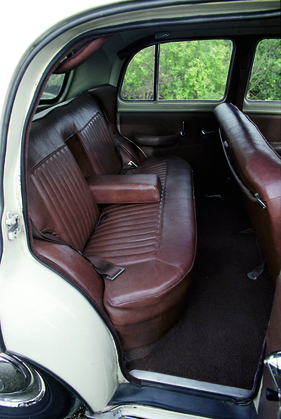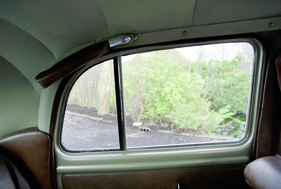Humber Super Snipe Mk4A - powerful car on the road
Summary
From 1952 to 1955, Humber produced the Super Snipe Mk4, a stately automobile with an inline six-cylinder engine that proved its worth on long journeys in particular. As an English car produced in Australia, it represents a special version of the globalized value chains of the time. This report characterizes the Humber Super Snipe Mk4, which is hardly known to us, and shows it in many historical and new pictures, including a sales brochure.
This article contains the following chapters
- Globalization from back then
- Souvenir from a vacation in Australia
- Oil crisis turned Humber into a cab
- Transportation problems
- Growth with the fourth edition
- "Blue Riband" engine with more power
- Triple victory at the "British Humber Day"
- Made for long journeys
- Little success for the successor Mk4B
- Luxury and comfort
- Further information
Estimated reading time: 5min
Preview (beginning of the article)
Rare vehicles with interesting technology don't always have to be expensive. Anyone who drives a Humber Super Snipe is sure to have special taste and is guaranteed to attract attention at a classic car meeting. In 1935, William Rootes, a former car salesman, founded the Rootes Group. As part of his expansion, he gradually took over the Humber company and other car manufacturers. Due to limited production facilities in the UK, Humber production was outsourced abroad. Many Hillmans, Humbers and Sunbeam-Talbots were exported as "CKD" (for "Completely Knocked Down") kits to be fully assembled in assembly plants in Australia, New Zealand and South Africa. Complete vehicles were then exported from there to the USA and Canada.
Continue reading this article for free?
Photos of this article

